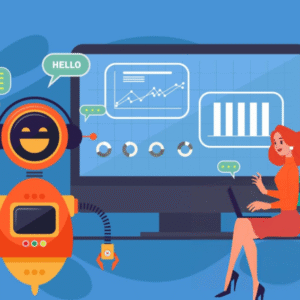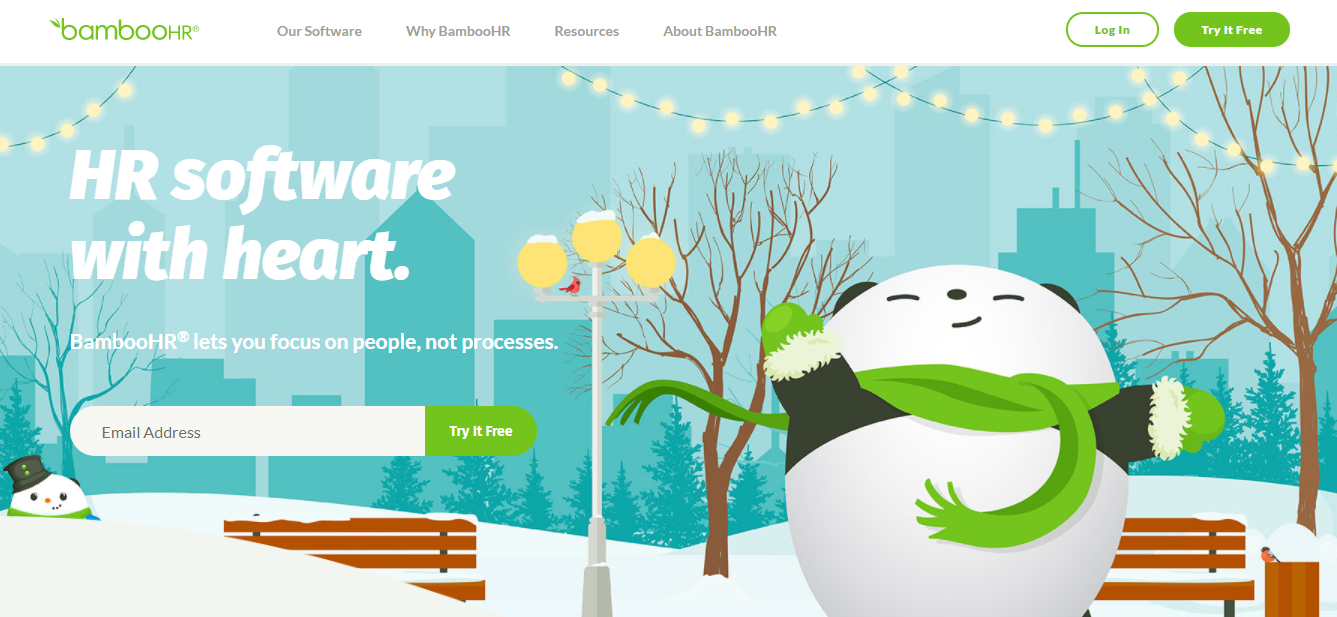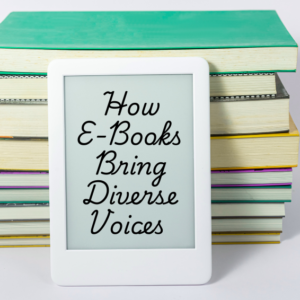In recent years, the virtual era has greatly advanced AI. It is now utilized in numerous elements of our lives, along with self-riding vehicles and virtual assistants. One area wherein AI has grown is in creating multimedia content. While this opens new opportunities for content creation, there are also worries about its effectiveness and effect. In this post, we will talk about the pros and cons of AI-generated content to higher apprehend its strengths and weaknesses.
Understanding How AI-Generated Content Works
For writing that mimics human language, artificial intelligence-generated content material uses algorithms and machine learning models. These structures examine massive databases to generate coherent, context-applicable content. Understanding AI mechanics facilitates us assess its value and outcomes.
To fully appreciate AI-generated content’s function in contemporary content creation, one must comprehend how it operates. Fundamentally, artificial intelligence (AI)-generated content uses advanced algorithms and machine learning models to replicate human language patterns and produce written content on its own.
These algorithms understand patterns, structures, and linguistic subtleties by analyzing massive volumes of data, including text from books, papers, and websites. The AI system learns to produce cohesive, contextually relevant content and resembles writing by going through this process.
Natural language generation (NLG) is the method that usually powers artificial intelligence (AI) content. NLG algorithms use statistical models, templates, and predetermined rules to read input data and produce output text. These models may be as fundamental as rule-based structures or as sophisticated as deep learning systems like transformers and recurrent neural networks (RNNs). Artificial intelligence (AI) systems can produce excellent content that intently mimics human writing with the aid of making use of deep learning models to capture complicated language systems.
Additionally, AI-generated material can be adjusted and modified to meet certain needs and goals. To direct the content creation process, organizations can supply input characteristics like topic, tone, duration, and target audience. Furthermore, feedback loops can be used by AI systems to grow with time and learn from past iterations, improving the caliber and applicability of the generated material.
AI-generated content has limitations, even with its potential. While AI can produce content quickly, it might not be as good at tasks requiring critical thought, creativity, or emotional nuance—areas where human authors shine. Furthermore, when trained on biased datasets or placed in unclear situations, AI-generated content may display biases or mistakes.
Complex algorithms and machine learning models that analyze data and produce text on their own are the backbone of AI-generated content. Even if AI is incredibly efficient and scalable, it could not be as good in domains that call for human creativity and sophisticated comprehension. To fully utilize AI-generated material, one must be aware of its limitations and ethical issues. This requires an understanding of the mechanics of the technology.
AI-Generated Content vs. Human-Written Content: Which One Better
AI effectiveness must be assessed by comparing its output to human-written content. Human authors bring uniqueness, emotion, and nuance, whereas AI-generated content is brilliant at quickly producing large amounts of information. Whether one is better depends on the material’s needs and goals. The contrast between material created by artificial intelligence (AI) and content written by humans is complex and multidimensional.
Unquestionably, AI-generated content has advantages, mainly in terms of scalability and performance. AI can produce endless numbers of content quicker than human writers due to state-of-the-art algorithms, which makes it simple for users to keep up with the growing demand for content. Additionally, AI maintains homogeneity in tone and style across platforms, guaranteeing consistency.
Furthermore, AI analytics help with content optimization by offering insightful information about audience preferences. Notwithstanding these advantages, artificial intelligence (AI)-generated content frequently lacks the authenticity, inventiveness, and emotional depth of human-written content. Human writers infuse content with creativity and authenticity that AI finds difficult to match because they bring a distinct perspective and nuanced understanding to their work.
Find Out How Ai Generated Content Boost Creativity
Contrary to pessimism, AI-generated content can boost creativity by offering new perspectives and ideas. AI can encourage content creators to innovate by analyzing several sources and patterns.
Intelligence-generated content benefits
Artificial intelligence content generators can boost industry productivity and marketing content creation. There are many benefits to using AI for content development.
Quicker content creation
AI text generators can generate fast, clever content, but authors must edit it. To reduce research and brainstorming, give the AI generator a topic. People can blog using AI-generated content. Humans are needed for accuracy, originality, and tone. Insert an editor while the AI generator generates its first output.
Provides SEO-optimized material
AI-generated SEO material may boost SEO. The application uses SEO-optimized sources to create topic-specific content. This is invaluable if you need to learn SEO page structure or keyword writing. Blogs may benefit from AI-generated SEO content over expert pieces.
Exploring The Pros and Cons of Using AI-generated Content
Go through the following useful pros and cons of AI-generated content:
Pros
Scalable AI content generation is fast and cheap
Writer’s block, time, and money make scaling content difficult for even the best copywriters and marketers. AI-generated content marketing, subject ideas, and article outlines can increase scalability in small steps.
AI models can maintain brand voice consistency using unambiguous indications. However, collaborating with multiple writers can make tone and quality consistency easier across digital media.
Efficiency in resource use
A competent content writer may charge hundreds of dollars for each job depending on length, quantity, and technical underscore standing.
This may be useful for high-quality research. However, the best AI writing tools may be better for basic content. AI writing tools are affordable and free for a certain quantity of words. Authors cost more than this. AI-written text is ten times more detailed and cheaper than human-written text.
Stop writer’s block
AI-generated content may help you write faster and overcome writer’s block. AI algorithms produce ideas for articles, social media posts, novels, YouTube videos, and more. This is a great resource for struggling writers or those who dislike writing.
Topic selection might take a lot of work. AI-powered writing platforms like GravityWrite create ideas faster than brainstorming. The platform will read your prompt and offer topical suggestions.
Cons
Many firms use AI-generated content to automate content generation and streamline operations. However, due to its early development, artificial intelligence has limitations.
Possible Google devaluation
Google does not discriminate against AI-generated content, but in December 2022, they added an E to the E-A-T concept for evaluating useful information.
Trustworthy and reliable
AI-generated content may not meet Google’s quality and reliability criteria. Even though AI can aid with research, grammar, and spell checks, the best SEO tactics require human experience and topic understanding.
Need to verify the facts
You must not upload AI-generated content without editing it. Artificial intelligence systems cannot see chaos, errors, or injuries without information. Consider AI-generated content a starting point rather than the final product. Google wants to make the results unique to add a personal touch.
A lack of creativity
Unlike humans, AI-generated writing paraphrases existing ideas but does not create new ones. Being aware of the original material, the AI model used to create content may lead to plagiarism. AI lacks creativity and expression. Artificial models must help understand emotions, humor, sarcasm, metaphors, and idioms. They can help you create a relatable story or marketing message.
Truthful, unambiguous results
With artificial intelligence, data volume and accuracy may be remarkable. However, it cannot understand human emotions and behavior. Algorithms are used to calculate numbers and information precisely. They need help understanding and integrating human behavior. AI can deliver accurate facts, but questions need to be clarified.
Duplication of effort
When you read AI-generated content, sentence structure and construction are comparable. Readers will get bored if the same sentence pattern is used in multiple pieces. AI material is consistent, so even a tech novice can identify it. It’s easy to spot artificial intelligence-generated information using “therefore” and “however” often.
Machine-Learning Content Disapproved of by Google
Even though the Google Search liaison has declared that the search engine giant does not punish AI-generated content, using it on your website is risky. Google may punish your website for lack of authenticity because artificial intelligence content is repetitive and learns from past content.
Unleashing Potential: Effective Ways to Leverage AI-Generated Content
The first step when using AI to create content is always setting goals. Strategies using the latest technology can only achieve their goals with clear goals. Keep in mind to set specific, measurable, achievable, relevant to the topics, and time-bound SMART goals.
For instance, you might use generative AI to write one blog each week optimized for three keywords, publishing twelve articles over three months. It is explicit and quantitative (one blog each week, optimized for three keywords), attainable (based on resources to evaluate and post), relevant to your content strategy and goals, and has a deadline (three months).
After setting overall goals, you can set content category goals backward. This is critical when deciding whether to assign content to a human or an AI content creator. Indeed, using large language models (LLMs) to generate content for the sake of content could be more efficient. It would help if you only researched use cases where artificial intelligence significantly impacts your goals with minimum human effort.
AI-Based Content Generation Use Cases
Biographies are brief, informative assets. If reviewed by a human, it is ideal for artificial intelligence content development because it is fact-based. AI can write short event descriptions to inspire creativity. They should keep using human-in-the-loop technology (HITL). You can use AI to answer FAQs if you control your company’s data. This is useful for search and discussion. However, using information from various online sources may lead to faulty or outdated knowledge.
Jasper.ai and ChatGPT users may already write blog posts using AI. It would help if you also considered using AI to write blog posts. This content includes meta descriptions, tags, and summaries. They are harder to scale since a person must manually submit a prompt. Scaling these is easier. Defining where to apply AI and where to look for human-in-the-loop features is crucial.
Make sure you understand how AI-generated content affects workflows.
Before anything else, consider what happens if your AI content production program publishes something wrong or strange. Hallucinations might cause LLMs to write content that doesn’t meet your company’s needs, even when making progress.
Because of this, your content strategy must consider both AI and humans in content generation. Approval workflows make this possible. You should specify who decides the topic, the role of the AI, and the standards the employee should look for during review and optimization.
The headless content management system Yext Material can use AI to generate content. Stakeholders can review this content before it is released. After it has been examined, updated, and approved, you can publish the content to your website, search, or other experience.
A good AI-powered content strategy is scalable
Generative artificial intelligence technologies like ChatGPT or GPT4 may work for writing fact-based blogs, but is this the best scalable option for your company?
Impactful uses of this technology should be noticed. Enterprise companies often have multiple locations, each requiring a landing page and description. If such organizations have complete control over their business location data, artificial intelligence content solutions can retrieve data from their content management system to develop accurate and relevant content.
This program is scalable because it may be used for one or five hundred sites. The business’s needs determine this tool’s use. Only some tools that claim to generate new content using AI can scale. Yext Content organizes your company’s data, allowing your team to use entity data to create large-scale content.
Things change if you’ve just started using content generation as part of your content strategy or have been using it successfully for months. Professionals join and leave the company, and some earn new titles. Products get new features, and services evolve. New places are opening, and old ones are closing.
Conclusion
Using AI writing tools for creating AI-based content can boost productivity, scalability, and innovation in content generation. However, this implementation faces inherent challenges and considerations. If businesses grasp the pros and cons of artificial intelligence (AI), they may professionally use it at the same time as keeping off dangers and making sure ethics. As AI technology advances, a stability among human creativity and automation may be needed to maximize its potential.





